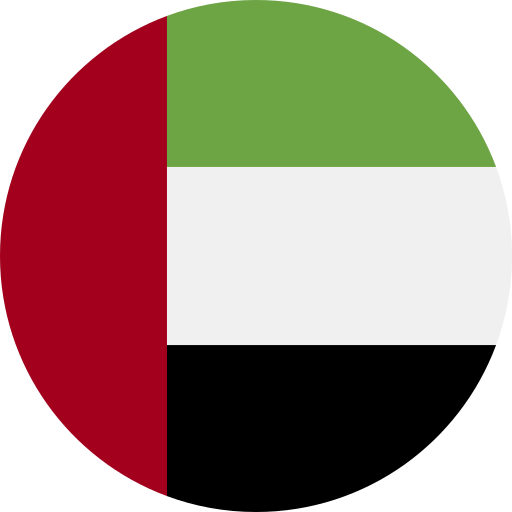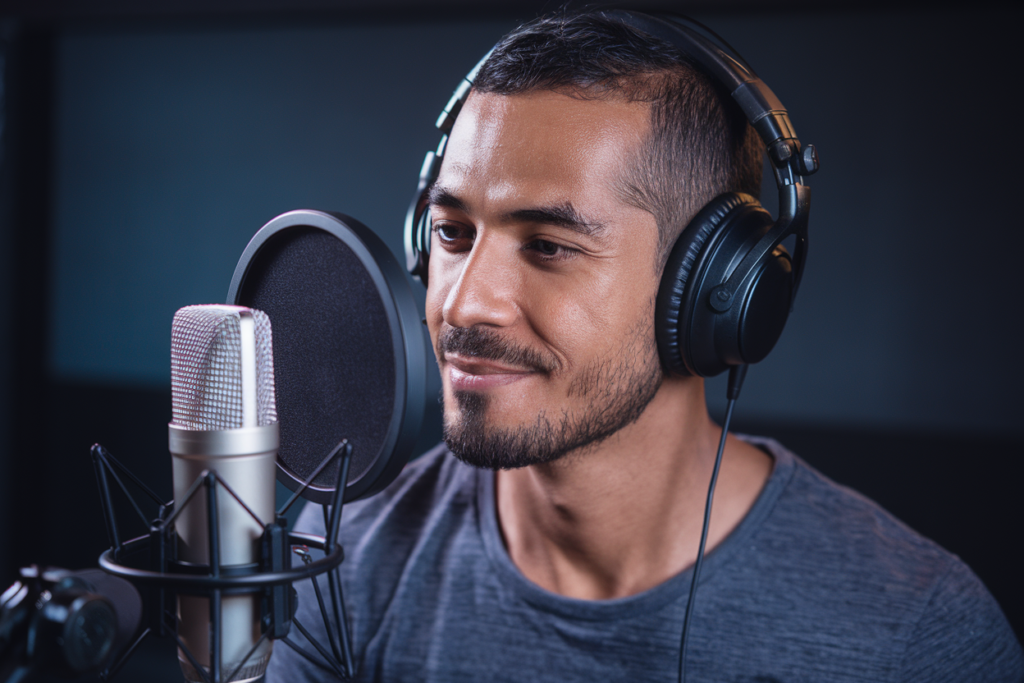Key Takeaways
- Diversity of Arabic Dialects: Arabic consists of over 30 distinct dialects, reflecting the rich cultural and historical backgrounds across various regions.
- Major Dialect Groups: The five primary groups include Maghrebi, Egyptian, Levantine, Gulf, and Sudanese dialects, each showcasing unique vocabulary and pronunciation.
- Regional Variations: Within each major group are numerous sub-dialects that highlight local customs and speech patterns, impacting communication effectiveness.
- Influences on Dialect Development: Geographic factors and historical contexts such as colonialism and trade have significantly shaped the evolution of Arabic dialects.
- Importance in Communication: Understanding these dialects is crucial for effective messaging in voiceover projects aimed at Arabic-speaking audiences to enhance authenticity and engagement.
- Cultural Relevance: Choosing voice talent familiar with specific dialects ensures messages resonate culturally while capturing the nuances essential for connection with listeners.
Ever wondered how many Arabic dialects exist? You’re not alone. The Arabic language is a rich tapestry woven from countless regional variations, each with its own unique flair and nuances. From the bustling streets of Cairo to the serene landscapes of Morocco, these dialects reflect the diverse cultures and histories of their speakers.
Understanding Arabic Dialects
Arabic dialects showcase the diversity within the language, reflecting cultural nuances and regional identities. You’ll find that these dialects vary significantly from one area to another, making each unique.
Primarily, Arabic dialects fall into five main groups:
- Maghrebi Dialects: Spoken in Morocco, Algeria, Tunisia, and Libya. These dialects have influences from Berber languages and French.
- Egyptian Dialect: Predominantly used in Egypt, this dialect is widely recognized due to its presence in media and popular culture.
- Levantine Dialects: Found in Lebanon, Syria, Jordan, and Palestine. This group shares similarities but showcases distinct characteristics based on local customs.
- Gulf Dialects: Common in Saudi Arabia, UAE, Qatar, Kuwait, Bahrain, and Oman. These dialects often incorporate words from Persian and English.
- Sudanese Dialect: Unique to Sudan with features influenced by local languages.
Despite their differences, all these dialects maintain a connection through Modern Standard Arabic (MSA), which serves as a formal communication tool across the Arab world.
When considering voiceover projects involving Arabic speakers or content aimed at Arab audiences, understanding these dialectical variations becomes crucial for effective communication. Tailoring your message to resonate with specific regions can enhance engagement and impact.
As you explore opportunities in voiceover work targeting Arabic-speaking markets or communities worldwide, recognizing these distinctions not only enriches your approach but also helps ensure your content connects authentically with listeners across diverse backgrounds.
The Number of Arabic Dialects
Arabic boasts a rich tapestry of dialects, reflecting the diverse cultures and histories across the Arab world. Estimates suggest there are over 30 distinct dialects, each unique in vocabulary, pronunciation, and grammar. These variations can create challenges for effective communication, especially in voiceover projects that aim to reach specific audiences.
Major Dialect Groups
The five major groups encompass a wide range of speaking styles:
- Maghrebi Dialects: Found in countries like Morocco and Algeria, these dialects often incorporate elements from Berber languages and French.
- Egyptian Dialect: Known for its widespread use in media, this dialect serves as a cultural reference point throughout the Arab world.
- Levantine Dialects: Spoken in Lebanon, Syria, Jordan, and Palestine, these share similarities but highlight local customs and expressions.
- Gulf Dialects: Commonly heard in Saudi Arabia and neighboring countries, these incorporate influences from Persian and English.
- Sudanese Dialect: This unique variation showcases distinctive phonetic features along with its own set of vocabulary.
Understanding these major groups enhances your ability to connect with different audiences through tailored voiceovers.
Variations within Dialects
Even within each major group exist numerous sub-dialects that reflect regional nuances. For instance:
- In Egypt alone, urban centers like Cairo exhibit distinct speech patterns compared to rural areas.
- In Lebanon’s Beirut versus Tripoli or Nabatieh regions, you’ll notice shifts in pronunciation and slang usage.
These variations impact how you approach voiceover talent selection for projects targeting specific demographics. Choosing a voice artist familiar with local dialectical traits ensures authenticity and resonance with listeners.
Recognizing both major groups and subtle variations empowers you to craft messages that engage effectively across diverse Arabic-speaking audiences while enhancing connection through culturally relevant expression.
Factors Influencing Dialect Diversity
Dialect diversity in Arabic is shaped by various factors, making it a rich linguistic tapestry. Understanding these influences helps you appreciate how dialects evolve and why they matter.
Geographic Influence
Geography plays a crucial role in shaping dialects. As you move across different regions, landscapes and isolation can result in distinct speech patterns. For instance, coastal areas may adopt vocabulary from trade languages, while remote villages might retain older linguistic features. Urban centers often blend multiple influences due to migration and media exposure, creating unique urban dialects that resonate with modern speakers. This geographic variation impacts voiceovers; selecting the right voice talent familiar with specific regional nuances enhances authenticity.
Historical Context
History significantly contributes to dialect development. Colonialism, trade routes, and cultural exchanges have introduced new vocabulary and pronunciation changes over centuries. For example, the Maghrebi dialects reflect Berber and French influences due to historical interactions with Europe and indigenous cultures. In contrast, Gulf dialects showcase Persian elements resulting from ancient trade ties. Recognizing these historical contexts enriches your understanding of how language adapts over time—vital for choosing the right voice artist who can convey not just words but also cultural significance through their delivery.
By acknowledging geographic and historical factors influencing Arabic dialect diversity, you position yourself better when engaging audiences through effective communication strategies tailored to local contexts.
Importance of Arabic Dialects
Understanding Arabic dialects enhances communication and connection across diverse audiences. Each dialect embodies unique cultural nuances, making it essential for effective messaging, especially in voiceover projects targeting Arabic-speaking communities.
Cultural Significance
Arabic dialects reflect the rich tapestry of cultures within the Arab world. They carry stories, traditions, and local expressions that resonate with native speakers. When you choose a voice actor familiar with a specific dialect, your message gains authenticity. It’s not just about words; it’s about conveying emotions and sentiments that align with local customs. This connection fosters trust and engagement among listeners.
Linguistic Richness
The linguistic diversity found in Arabic dialects contributes to an expansive vocabulary and varied pronunciation styles. This richness allows for more expressive communication but also poses challenges in voiceover work. Selecting a voice artist who understands these subtleties ensures your content resonates appropriately within its cultural context. A skilled voice over talent can navigate these variations seamlessly, capturing the essence of the message while honoring its regional roots.
By recognizing the importance of both cultural significance and linguistic richness in Arabic dialects, you position your projects for greater impact and relevance among targeted audiences.
Conclusion
Understanding the diversity of Arabic dialects enriches your communication strategies. Each dialect not only reflects local culture but also carries unique expressions that resonate with speakers. Whether you’re crafting messages for voiceover projects or engaging with Arabic-speaking audiences, recognizing these nuances is essential.
By choosing a voice artist familiar with specific dialects, you enhance authenticity and connection. This approach ensures your content doesn’t just convey information but also builds trust and engagement. Embrace the richness of Arabic dialects to create impactful and culturally relevant messaging that truly speaks to your audience’s hearts and minds.
Frequently Asked Questions
What are the main groups of Arabic dialects?
Arabic dialects are categorized into five main groups: Maghrebi, Egyptian, Levantine, Gulf, and Sudanese. Each group reflects unique cultural influences and regional characteristics.
How many distinct Arabic dialects exist?
There are over 30 distinct Arabic dialects. These vary significantly based on geography and culture, contributing to the richness of the language.
Why is understanding Arabic dialects important for communication?
Understanding Arabic dialects enhances communication effectiveness by ensuring messages resonate with local audiences. It’s especially crucial in voiceover projects targeting specific communities.
How do geographical factors influence Arabic dialect diversity?
Geographical factors like landscapes and urban centers contribute to unique speech patterns. Isolation can lead to distinct variations, while cities often blend multiple influences.
What role does Modern Standard Arabic (MSA) play in communication?
Modern Standard Arabic serves as a formal communication tool across the Arab world, connecting different dialect speakers despite their linguistic differences.
Why should I choose a voice artist familiar with local dialects?
Selecting a voice artist familiar with local dialect traits ensures authenticity and resonance with listeners, fostering trust and engagement in your messaging efforts.
How have historical factors shaped Arabic dialects?
Historical factors such as colonialism and trade routes have introduced new vocabulary and pronunciation changes over time, influencing how various dialects develop.







